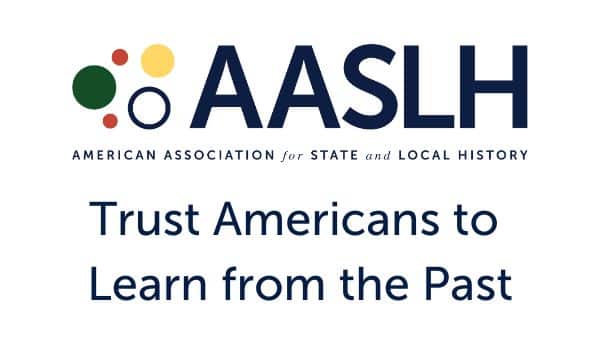Unexplored Topics in State and Local History

By Bruce W. Dearstyne
The state and local history field continues to be exciting and innovative, with new ideas emerging all the time. The field is evolving and adjusting to keep up with advances in technology and changing areas of public interest. Sometimes, though, it seems as if state and local history are in the shadow of U.S. history, which gets more public and media attention, coverage in major history books, study in the schools, etc. Several topics in our field merit more research, publication, and promotion in public programs. These might include the following:
Origins of the states/first state constitutions. We have lots of studies of the Declaration of Independence and the U.S. Constitution, but not many on the origins of state governments. In the founding era, for instance, the original colonies/provinces had written their first constitutions before the first federal constitution. The state founders had little to draw on by way of precedents. The writers of the U.S. Constitution, by contrast, could draw on these state documents (among other sources), though that aspect of the story is neglected. The commemoration of the 250th anniversary of the Revolution might be expanded to include the first state constitutions and the origins of state government.
State court systems. Critical U.S. Supreme Court decisions are much in the news these days. Of course, that court has always been the nation’s most important, with rulings that determine the constitutionality of state and federal laws. But for most of our history, the constitutional action was in the state courts, not federal ones. It was in the state courts that most legal matters of consequence got settled. It was the states’ highest courts that were in effect the forum of last resort for major issues, where the constitutional validity of state legislation was thrashed out and settled. Appeals to the U.S. Supreme Court were much less common than today, accentuating the importance of the states’ courts. There are lots of historical studies of the Supreme Court, of course, but few of individual states’ highest courts.
Public education policy and local schools. For most of our history, each state set its own educational policy. Federal involvement and requirements (and funding) are relatively recent. It would be great to have more educational histories of the states. Even more interesting might be more histories of individual school districts, which would shed light on just what young people learned in school and on the relation of schools to the development of communities.
States in the Civil War. We have thousands of studies of Abraham Lincoln, but few of Civil War era governors. It would be interesting to have more on how state governments responded to the war; how they contributed soldiers and materials; the impact of shifting to a wartime economy and then back to a peacetime economy after 1865. Related studies might explore the impact in communities, e.g., how women and children coped when men went off to war and how family and social life adjusted when they returned.
Rural life, farming, and agriculture in the states and various communities. For many years in our history, farming was the way most people made their livelihood, and it is still essential today. The story varied from community to community and state to state and changed over the years, e.g., rise and decline of dairying, wheat-growing starting in the East and shifting westward. More state and local studies would illuminate the broader story of the role of farming in American life.

State transportation histories. There are lots of studies of grand canals such as the Erie; transcontinental railroads; and major highways such as the Interstate Highway System. But we could use more on how local roads and highways got built (in the beginning, usually by local people and local governments) and how the states developed transportation policies and began building roads and highways (a fascinating, largely untold story tied to the advent of the automobile, the farm-to-market movement, and the historical development of the network of gas stations).
The progressive movement in the states. History books have a lot of coverage of Theodore Roosevelt and Woodrow Wilson and federal Progressive reforms such as the Pure Food and Drug Act of 1906. But there is much less coverage of key Progressive Era governors and the reforms the states enacted. The issues addressed in the Progressive Era (ca. 1900-1920) often became critical in states before they did in Washington. State legislatures were on the front lines of many issues before Congress got there. It was the states (particularly high-population, urbanized states such as New York), not the federal government, that first dealt with some of the complex issues of the Progressive movement, e.g., the impact of immigration, urbanization, and industrialization. In fact, some of the national reforms drew on state reforms as partial models. Some of the leaders of Progressive state reforms went on to be reform leaders in the New Deal two decades later.
Bruce W. Dearstyne is a historian in Albany, New York. He has written two books and two technical leaflets for AASLH and several articles for History News. His most recent books are The Spirit of New York: Defining Events in the Empire State’s History (2nd ed., 2022); The Crucible of Public Policy: New York Courts in the Progressive Era (2022); and Progressive New York: Change and Reform in the Empire State, 1900-1920–A Reader (2024).



